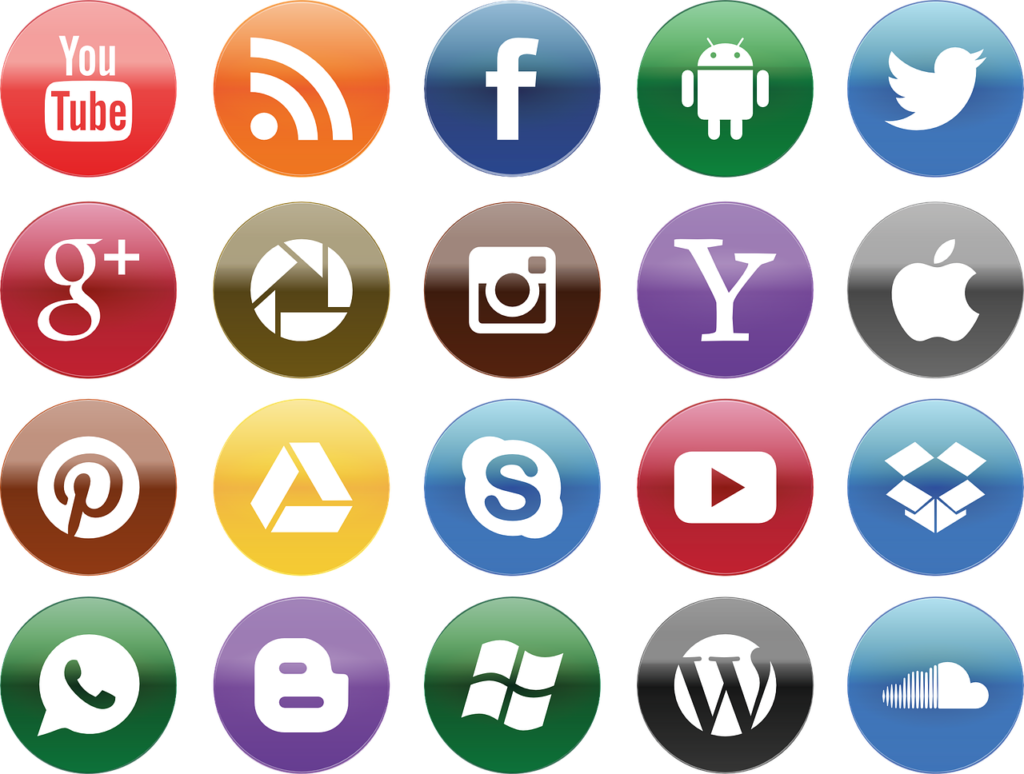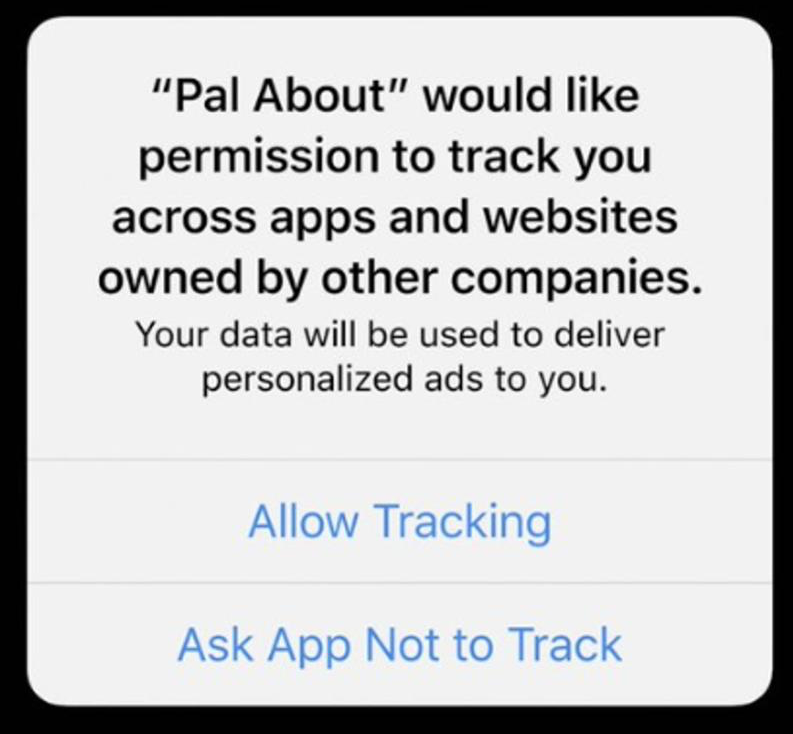Apple recently hit the market cap of $2 Trillion and became the most valuable company in the world. Innovation, customer focus, design excellence, great marketing and an incredibly loyal user base are some of the key drivers of this magnificent growth. But “absolute power corrupts absolutely” and of late, Apple has been kind of a bully in the tech ecosystem. They do whatever they want without consulting the other industry stakeholders and more often than not their decisions seem to be inspired by driving more sales of their hardware/services or more adoption of their digital products. And now it looks like Apple has made plans to bully its way into the $80 billion Mobile App Ad market.


Context
In the past decade, there has been a consistent shift towards mobile as the dominant mode of accessing the internet and with advertisers spending billions of dollars in ad money they want to track it at the most granular level of details. They want to track which of their campaigns worked, which channel drove the most traffic, which all users they acquired and most importantly what is the RoI on the ad money they spent. In the mobile world, most of this happens by making use of a unique identifier called IDFA (Identifier for Advertisers) for Apple and GAID ( Google Advertising Id) for Android devices. Advertisers are able to track you and your behaviour across different apps using this unique identifier. They can then target specific ads to you (targeting or retargeting) and can identify which ad led you to downloading another app or making that purchase on the advertiser’s app (this is called attribution). Remember when you left those headphones in your Amazon cart and suddenly all the ads in your Facebook feed were of those Headphones? The IDFA / GAID is what makes that possible.
What did Apple changed?
In the past few years, with the growing concerns around data privacy, Apple has aggressively positioned itself as a champion of user data privacy. And now, under the disguise of data privacy, Apple recently announced in the WWDC 2020 that from iOS 14 onwards there will be a default explicit “opt in” setting for the IDFA sharing with any app rather than the current explicit “opt out” setting. What this means is that any app which wants to access IDFA will first have to take an explicit user consent for the same through the below pop up –


Notice the language of the popup. It’s too intimidating for a user who is already worried about data privacy. Experts estimate that only 10-20% of the users are gonna agree to such a consent. That effectively means “bye bye IDFA”. It’s pretty much dead. This small yet significant change from Apple has wrecked havoc in the advertising world. But, is data privacy the only motive behind Apple making this change? Let’s try to figure out.
The Impact
First of all, let me be clear, this is definitely a win for the end user. No more unnecessary snooping around by the apps and goodbye to those creepy ads which followed you from one app to the other.
Also, since we are talking about the access rights of IDFA with the mobile apps, the impact is gonna be limited to the mobile app advertising. Web and mobile web advertising will be pretty much immune to it. They however have their own set of problems with the third party cookie blocking by Google, a move pretty similar to the IDFA change but for the web world.
Coming back to Apple and the impact of their IDFA access change on the mobile ad market, below are few questions which makes me wonder about an hidden agenda by Apple –
1. Why did the messaging has to be so intimidating?
It pretty much guarantees that no one is gonna agree to such a consent. It looks like Apple is just trying to create this illusion of giving the control to the user when they are clearly influencing the decision.
2. Why is Apple giving Preferential treatment to their own services?
Apple has been going all gaga about user data privacy but it has very smartly and quietly kept its own serves outside of this requirement. Apple Search Ads, which generates ~$2 billion revenue for Apple, and Apple News is not impacted by this change at all and they will continue to have access to the IDFA as a default. So apparently all that concern about data privacy goes out the window when it comes to Apple’s own services.
3. What is the alternative to the damage done by the IDFA access change?
Not a complete alternative but at least a solution to the attribution problem is gonna be SKAdNetwork, a mobile app install attribution system launched by Apple 2 years back with no adoption till now. But, post the IDFA change, SKAdNetwork is gonna be the de facto solution to attribute app install and conversion events. Apple just forcefully created their Product Market Fit for mobile ad market.
Right now this is a free service by Apple but who’s to say if they won’t start charging for it in future? Remember we are talking about a company which single handedly got rid of the headphone jack and made us shell out extra $150-250 for the AirPods. And, all this while they made us appreciate them for the bold move and taking the industry forward.
4. Hurting the competition?
The mobile app ad market is more or less ruled by Google and Facebook as of now. If you have been an advertiser or a publisher in the past, chances are you would have either used the Google AdMob (Google’s AdSense like offering for mobile) or Facebook Audience Network (FAN). They are commonly referred to as “Ad networks” in the Ad tech lingo. Ad networks primarily serve 3 main purposes –
- Targeting / Retargeting of Ads i.e. making sure only relevant ads are shown to the users and thus increasing the probability of conversion.
- Attribution i.e. identifying which particular ad campaign led to the app install or other conversion events.
- Analytics
With the IDFA change coming into play-
- Retargeting is pretty much dead (we’ll talk more about it below).
- Attribution is at the mercy of SKAdNetwork.
- Analytics, at an aggregate level, is not gonna be impacted much.
Google and Facebook will lose billions in ad revenue dollars because of this change. Facebook has been very vocal about the negative impacts of this change and may even take the extreme step of not supporting iOS 14 at all on Facebook Audience Network.
5. Level the playing field and get a quick entry into the Mobile Ad market?
This is the most critical one. Google will most likely have to follow Apple’s lead on the path of data privacy and will probably kill the GAID in future. They already did something similar when Google Chrome followed Safari’s footsteps in blocking third party cookies in the browser. With GAID also gone, retargeting would actually be dead, the playing field is leveled to some extent and the advertisers would have to be very very careful before deciding where to spend their ad dollars.
Now comes the real Apple advantage –
Apple has just 13% of Smartphone market share but iOS users spend ~1.8 times more on apps the Android users. Thus, at a high level, we can say that iOS ARPU is ~12 times that of Android ARPU.
That’s a very huge difference. Now, where do you think you as an advertiser should focus your marketing spend on? iOS or Android? It’s a no brainer. However, Apple doesn’t have an Ad network similar to that of Google AdMob or Facebook Audience Network. They tried building iAD ad network which got shut down and their Apple Search Ads work only on App Store. But Apple has been quietly working on that front as well. Apple Search Ads may very soon begin servicing Ads outside of App Store. What a coincidence?
Indirectly Apple is saying –
- “Nobody can do retargeting on iPhone like Apple does”. Give us your Ad money.
- “If you want to maximise RoI on your marketing spend on iOS, they you have to advertise through Apple Search Ads”. Give us your Ad money.
- “If you want to measure campaign performance, then SKAdNetwork is your only choice for attribution”. Give us your Ad money.
Apple has been trying to get a piece of pie of the lucrative mobile ad market for quite some time now but has not been able to gain any stronghold. So, why not just go the classic Apple way of bullying your way in?
The Fightback
Now, of course Google and Facebook are not some random companies who’ll get pushed around. They are not gonna easily give up this business and industry that they have created over decades. Below are just some thoughts –
- Facebook is not gonna see any significant impact on the mobile ad revenue on their own platforms i.e. Facebook, Instagram, Messenger. They already have a lot lot more data than just a device identifier to identify a user. If you think by deleting your FB account and uninstalling the app you have stopped Facebook from collecting your data, then you are just naive. But more on that sometime later.
- More and more apps may now start mandating a login to access their services. By doing so, they are making sure that they have user’s phone number or email and then that can be used for the purpose of Retargeting or attribution.
- Some big publishers may even take the bold step of building in-house Ad networks so as to reduce their dependency on the whims and fancy of these tech bullies.
However, how all this would actually play out is yet to be seen but one thing is for sure – the Ad tech industry is gonna be a lot more brutal and interesting and innovative in the coming days.
P.S. While we are talking about their business impact, do checkout our previous posts on Google, Facebook and Instagram.